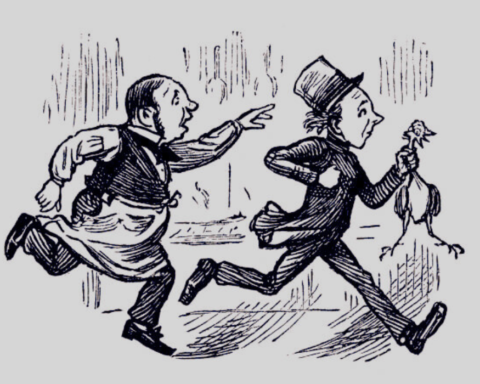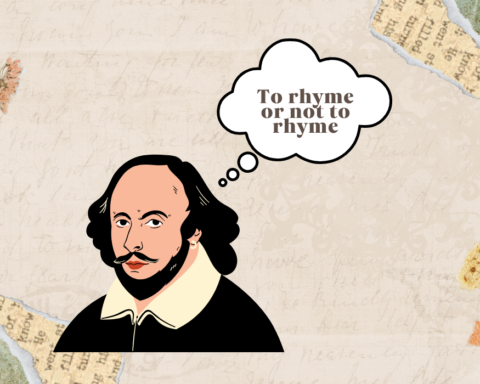The pink flamingo has a long history dating back to 1946. An enterprise called Union Products began producing “Plastics for the Lawn.” Dogs, ducks, frogs, and even a flamingo were among the animals in their collection.
Lawn decorations aren’t a novel phenomenon. In ancient Greece gardens were adorned with the sculptures of the consecrated deity Priapus.
This was done to encourage fertility, deter birds, and to intimidate intruders. Not everyone was capable of affording gardeners, landscapers or even a lawn. The fascination of affluent and middle-class natural concepts surrounding the house, however, extended across communities.
The Creation of Pink Flamingos
To produce “plastics for the lawn,” Union Products took advantage of the post-World War II suburban sprawl and the wonders of petroleum wastes.
They appointed Featherstone, a recent art school graduate, in 1956. His initial endeavor was to turn their beloved “Charlie the duck” into a three-dimensional creature. The pink flamingo originated the very next year
The ducks and flamingo decorations by Featherstone were promoted as “Plastics for the Lawn” and marketed in sets for US$2.76.
Don Featherstone’s signature is usually detected under the tails of genuine flamingos. Each has a beak that is yellow with a black end. In the late 1950s, they were ubiquitous and ridiculed at the same time, and they are still a distinctively a part of America’s cultural history.
Featherstone referred to a national geographic image for his project. It took two weeks to sculpt both halves of the bird, brought into a 3-dimensional model.
His birds featured long, slim legs that anchored them to the ground. They were so thin that they scarcely supported the body fanning out at the top. Their graceful necks finished with a magnificent hooked beak and a softly curled head.
He made a plaster cast of the archetype after sculpting it out of clay originally. The plaster casts were then employed to develop the plastic molds. The original designed turned out to be expensive and was replaced by metal flamingos.
Featherstone’s pink birds represented the American dream and its ideas of the worthy life. Plastic was a low-cost wonder material that supported America’s emerging consumerism.
The Rise and fall of the flamingos
The flamingo arrived at precisely the right time in the late 1950s. The United States of America was relocating to the suburbs. America was being persuaded by corporations that a natural lawn was one that had been mowed and sprayed with pesticides. Every yard also required a lawn decoration.
The nation had become considerably more dynamic, and many people visited places named after the gaudy bird. Bright, vivid hues were also popular in the 1950s.
However, the pink flamingo did not have it easy in the 1960s. There was a backlash against everything created by humans.
It was time to reconnect with nature. The flamingos made of plastic rapidly became a symbol of poor taste and anti-nature. The pink flamingo lawn decoration became a symbol of “everything unruly, outlandish, or paradoxical.”
A film named “Pink Flamingos” by John water further intensifying their repute. In it the heroine contends to call herself the “the filthiest person alive”. In the movie’s trailer she is seen surrounded by pink flamingos. The movie sparked outrage because of its graphic depiction of immoral behaviors.

The birds were then celebrated as the prevalent signal for breaching numerous borders of status, taste, appropriateness, artistry, sensuality, and ecology.
A decade later, Miami Vice phenomenon reinvigorated the market for Florida kitsch. Union Products’ pink flamingos ultimately outsold competitors Charlie the Ducks in 1986. The bird was deemed “a vital contribution to folk art” by the governor of Massachusetts, Union Products’ home state, in 1987.
Many folks even take their pink flamingos on vacation. Traveling, climbing, skiing, and mountain biking are among the activities undertaken by the plastic birds. The journeys of these synthetic creatures are the subject of whole websites.
Some cultural reformers said that garden ornaments and carved animals were an “iconographic picture concocted by the term “kitsch,”. On the other hand youngsters regarded the plastic pink flamingo as a defiance of the “remain normal” demands.
Pranksters have also turned their attention to pink flamingos. Every year, many are taken off yards, often by students who have had a few too many drinks. Others have been abducted and are being kept hostage for ransom. One couple was abducted and their hostage was paid in play cash.
What one individual considers art is trash to another. Pink flamingos have been banned all throughout the country. As a response, Union Plastics was obliged to create a blue flamingo in order to get around the regulations.
Union Products continued creating birds without Featherstone’s signature when he retired in 2000. The Archives of Implausible Research joined together with the Museum of Bad Art in December 2001 to stage a walkout to protest this exclusion. On November 1, 2006, Union Products of Leominster, Massachusetts, ceased manufacture of pink flamingos.
Politigory provides in-depth reviews of science, history, humanities, religion, social sciences and arts









